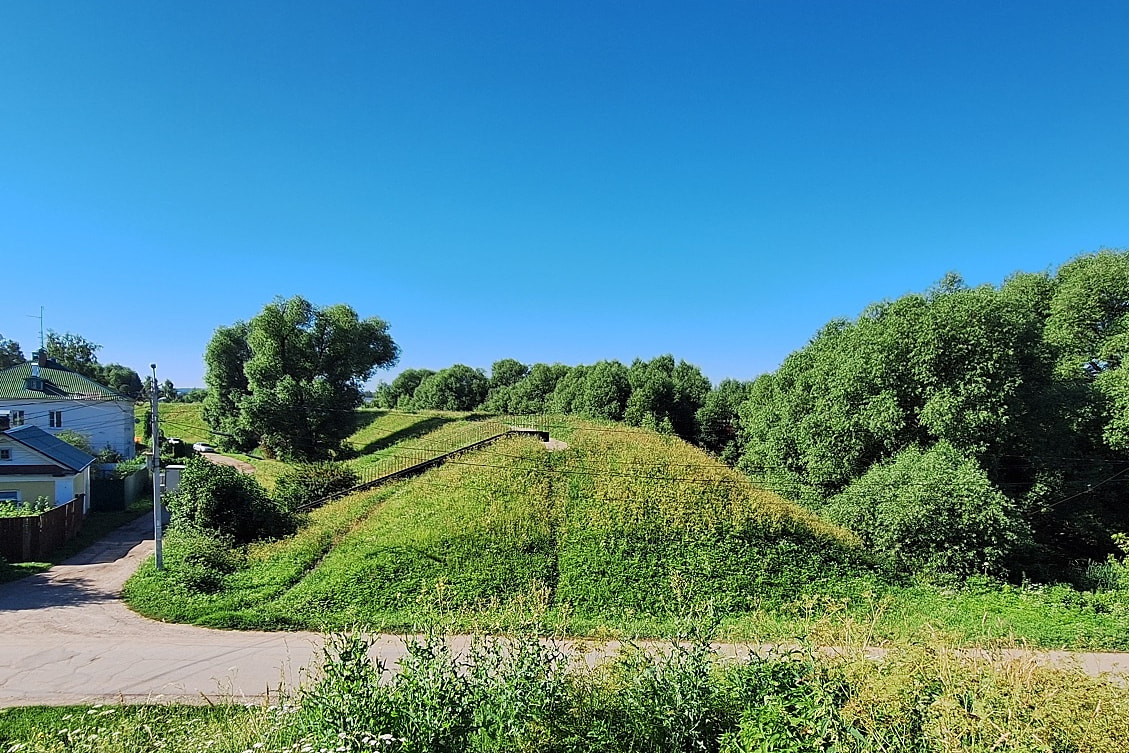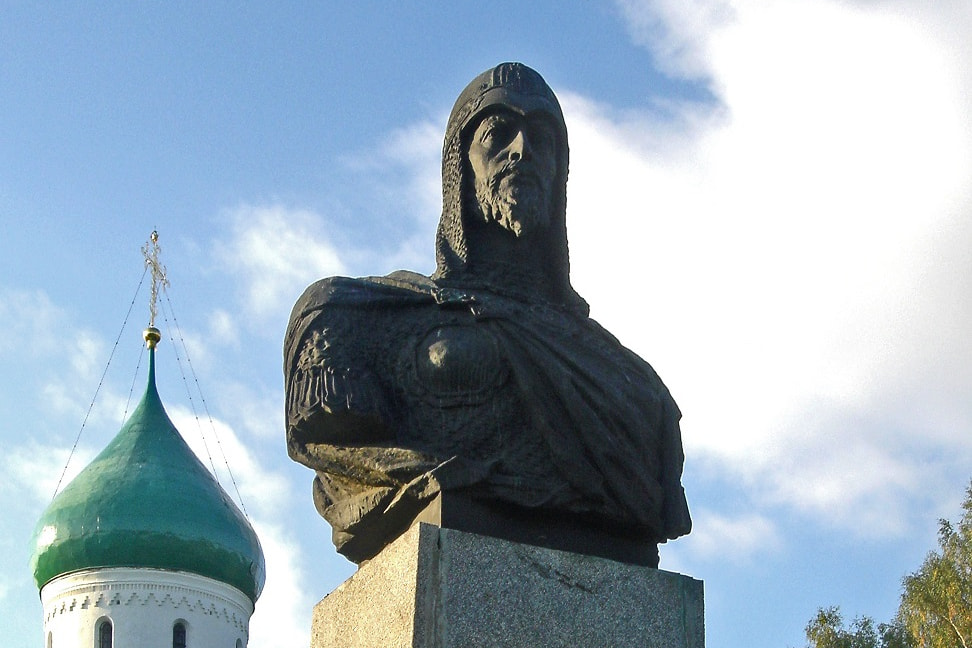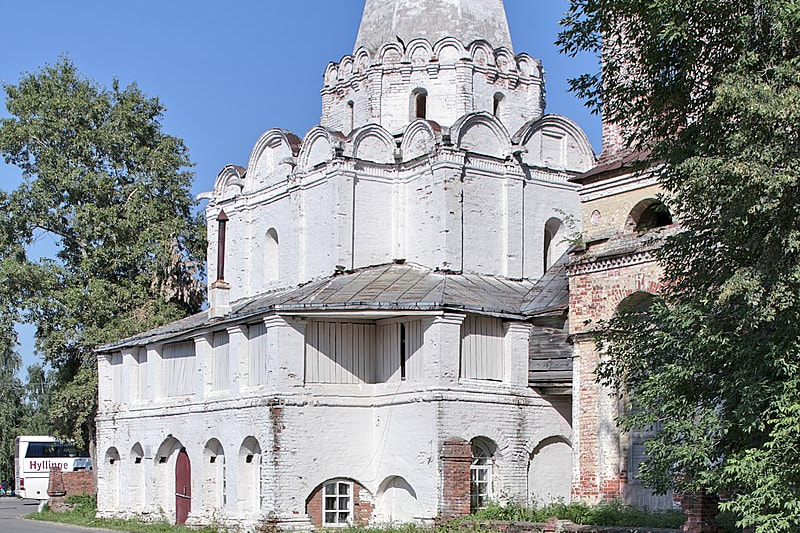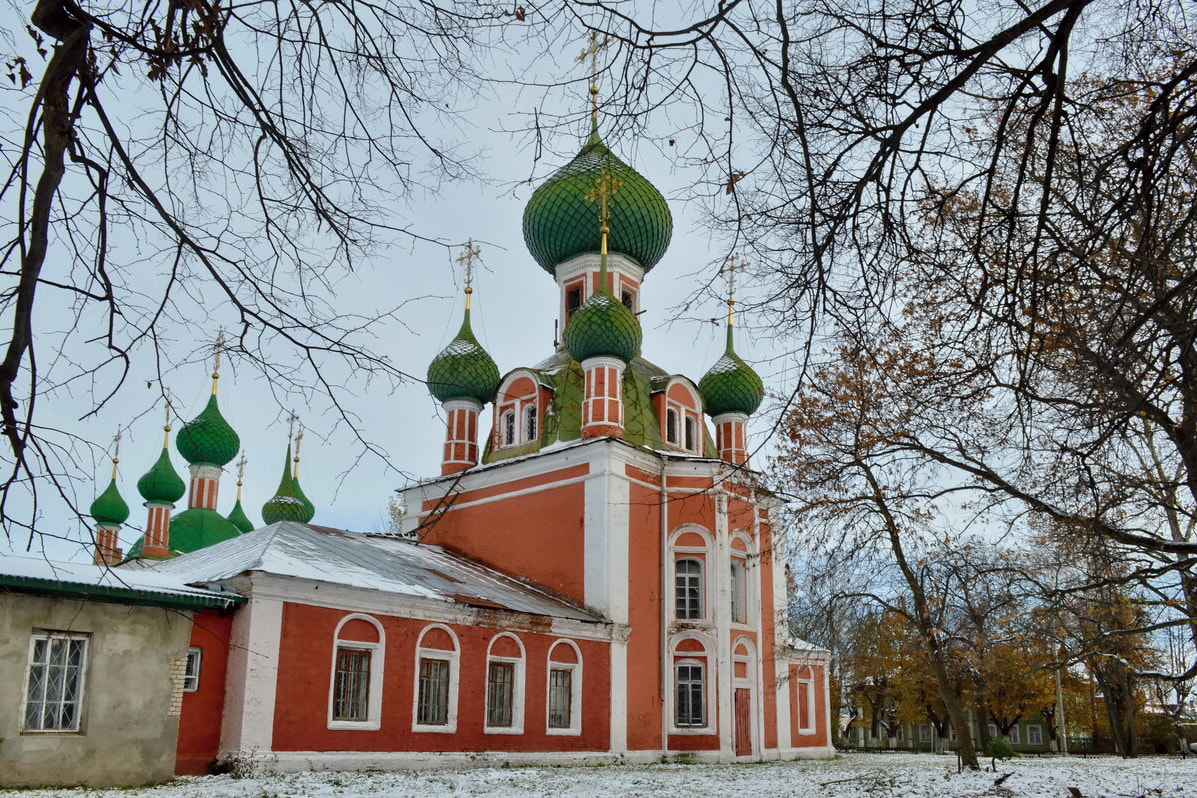A trip through the old town. Pereslavl-Zalessky
We suggest you take a trip through the historical part of the city, framed by ancient fortifications – earthen ramparts. Traditionally, the acquaintance with Pereslavl begins with the Red Square, where the most ancient city church, the Transfiguration Cathedral, is located. Once upon a time, decrees were announced in this historical place, the Pereslavl princes were "put on the table" and shelves were assembled. There are other ancient temples located inside the shaft ring, as well as objects of civil architecture of the city of the XIX – early XX century. XX centuries.
waypoints
1. Earthworks

The earthen ramparts are an ancient city wall with a circumference of about 2.5 km, erected in the middle of the 13th century and strictly delineating the borders of ancient Pereslavl.
2. Spaso - Preobrazhensky Cathedral

The earliest surviving architectural monument of the Vladimir-Suzdal School of architecture. It is one of the first stone structures erected in the middle of the 12th century.
3. Monument to Alexander Nevsky

The authors of the monument are the sculptor S.Orlov and architect L. Kapitsa. The monument to the Grand Duke was erected here for a reason: Pereslavl-Zalessky is the birthplace of Alexander Nevsky, and throughout his life he owned it as a patrimonial patrimony.
4. Peter the Metropolitan Church

The ancient tent church is located on the site of the former princely court and is the most beautiful temple in Pereslavl by its architecture. According to legend, the original wooden church of the same name appeared here back in the 14th century. Then it was laid at the site of the trial of Metropolitan Peter, whom the Tver princes accused of simony (trading in church positions), but Peter was acquitted at the Pereslavl Cathedral. This memorial church was built in stone at the end of the 16th century at the expense of Ivan the Terrible, who considered St. Metropolitan Peter his spiritual patron.
5. Vladimir Cathedral and Alexander Nevsky Church

Two five-domed temples similar to each other are located near the central road in close proximity to the Red Square of Pereslavl. They were built in the 1740s at the expense of the Pereslavl manufacturer F. Ugryumov, the owner of a linen manufactory. Until the second half of the 18th century, these church buildings were part of the Bogoroditsko-Sretensky Novodevichy Monastery, and with the abolition of the poor monastery they became parochial. However, up to the first third of the twentieth century, they were surrounded by walls, and there was a monastery bell tower in the form of a round and high tower that stood next to the temples. Subsequently, only a small fragment remained of the monastery walls, and the bell tower was dismantled in the 1930s due to the expansion of the roadway.



